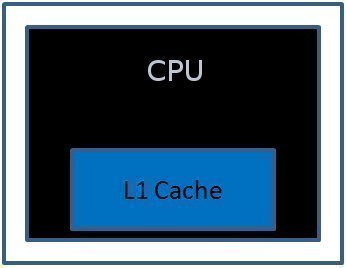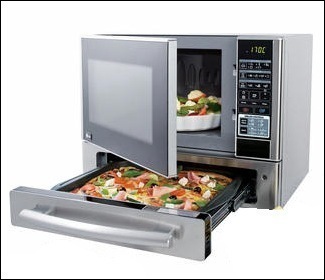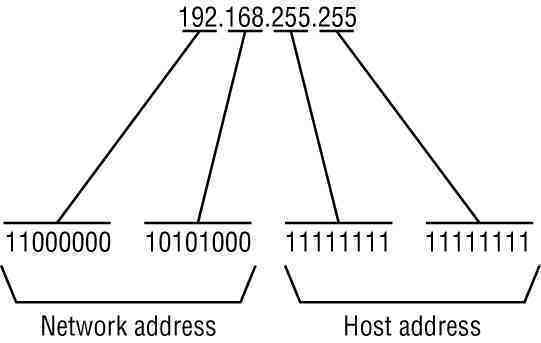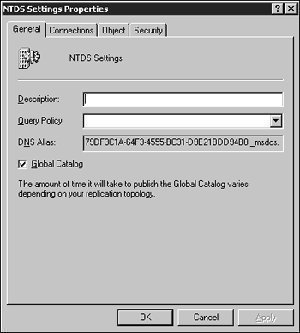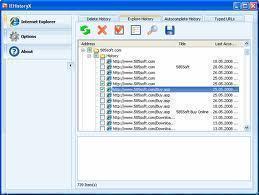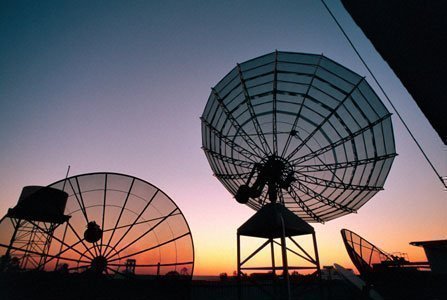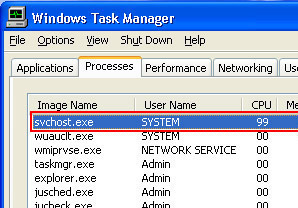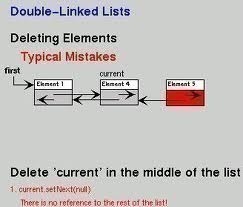L1 Cache
The L1 cache refers to the first tier in a computer processor’s memory cache system that increases the speed at which the processor delivers results to the user. The L1 cache sits between the processor and the computer’s RAM (Random Access Memory) and stores the user’s most accessed data in order for the processor to …

